The Beat Goes On
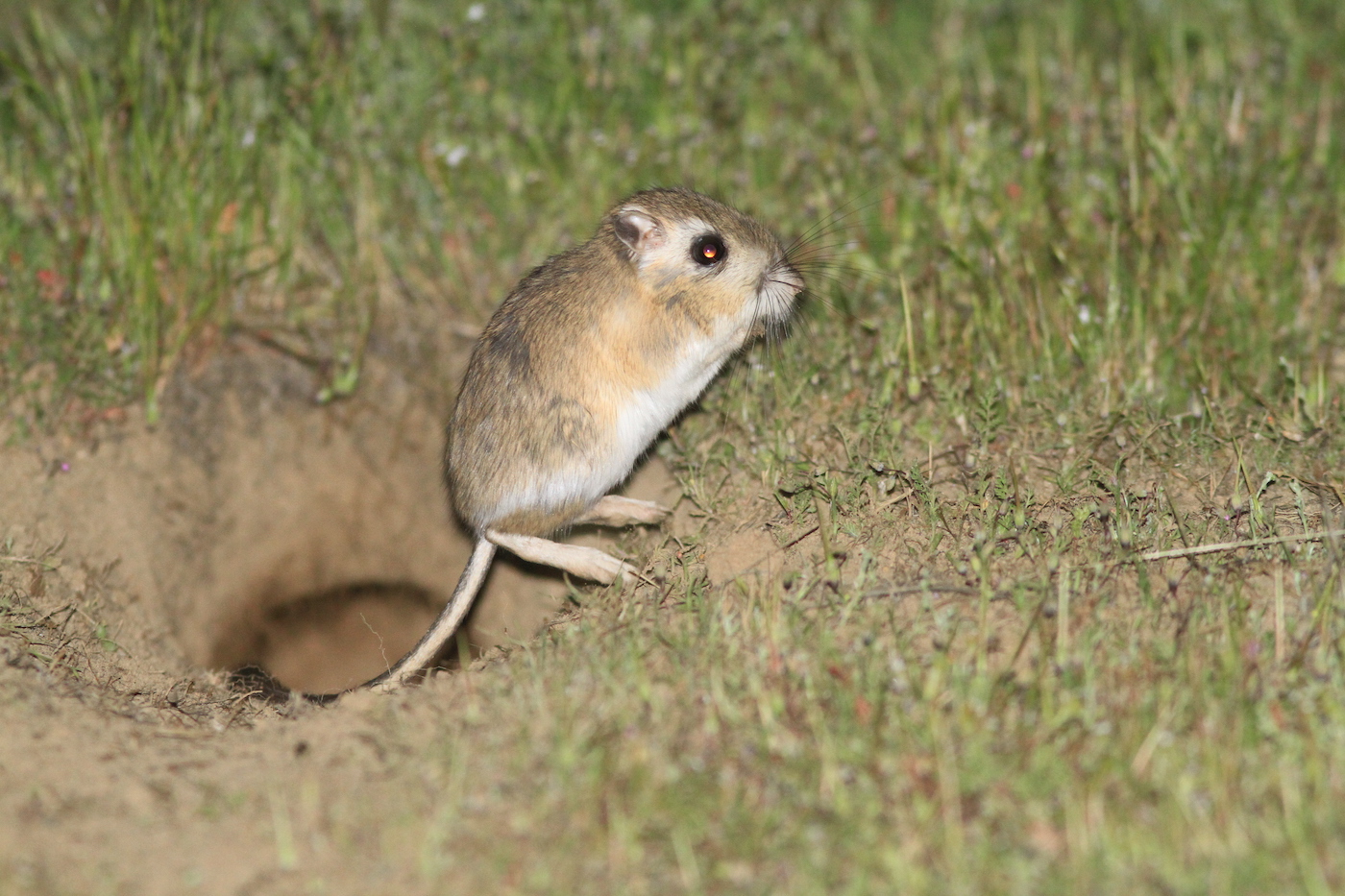
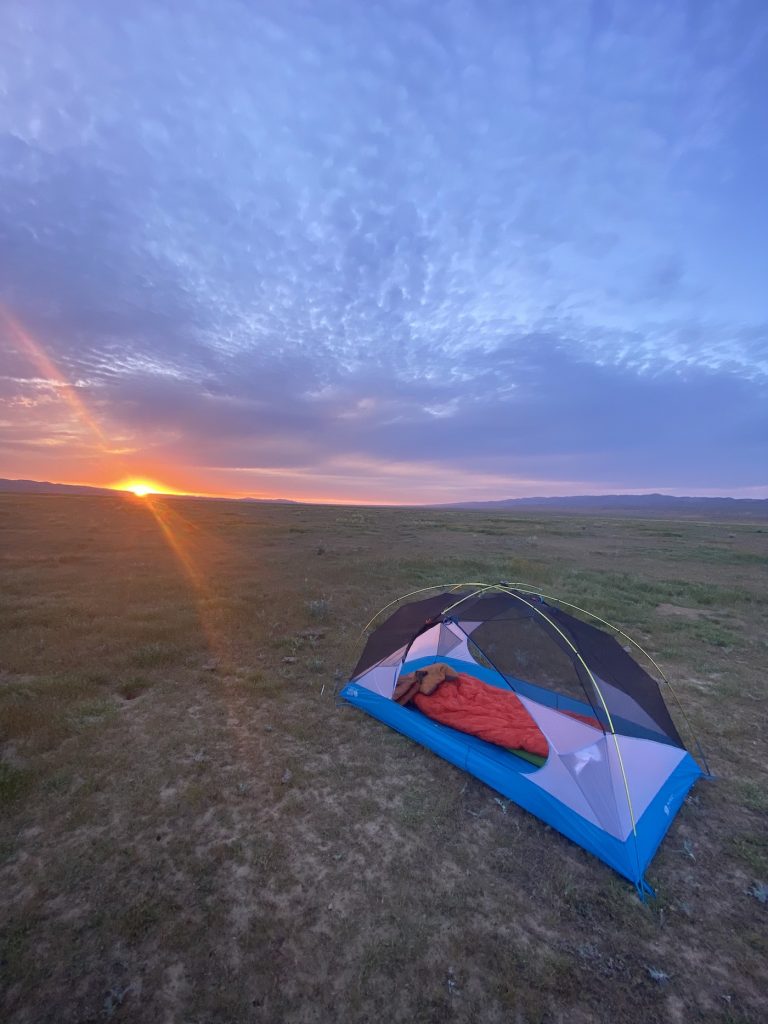
Resting easy in my tent, headlamp burning bright, I was putting pen to paper when I heard giant kangaroo rats (GKRs) communicating with one another throughout a star-filled night. From one grassland burrow to the next, the drum of their oversized feet tapped the ground at a feverish pace, sending a message to other GKRs in the immediate region, the most important creature across the last of California’s historic grasslands.
What was conveyed I will never know for certain. Possibly a predator or two lurked nearby, maybe a pack of coyotes, a solitary kit fox or a keen, night-stalking barn owl? Despite all that they are up against, the diminutive and endangered giant kangaroo rat is the most indispensable species when it comes to the inner workings of this fragile habitat, the 250,000-acre National Monument a mere sliver of what was once a teeming San Joaquin Valley, pre-1800s.
Located in California’s Central Valley, the Carrizo Plain National Monument is the last bastion for more endangered species than anywhere else in the Golden State. Some of those animals include the slender San Joaquin kit fox, prehistoric California condor, skittish antelope ground squirrel, stealthy blunt-nosed leopard lizard, and the bouncy giant kangaroo rat.
Biologists have told me, “that as goes the giant kangaroo rat, so goes the rest of the Carrizo Plain.” This keystone species with the almond-shaped eyes, long, narrow, kangaroo-like feet, with elongated tails provide most everything for a throng of wildlife across a 50-mile-long stretch of semi-arid grasslands also known as “California’s Serengeti.”
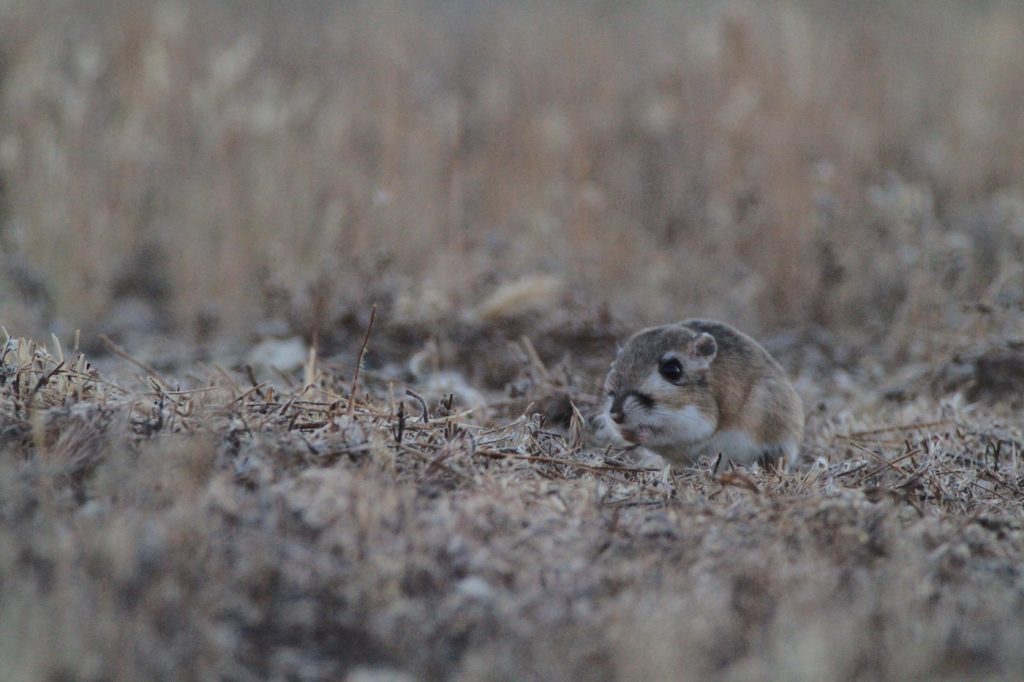
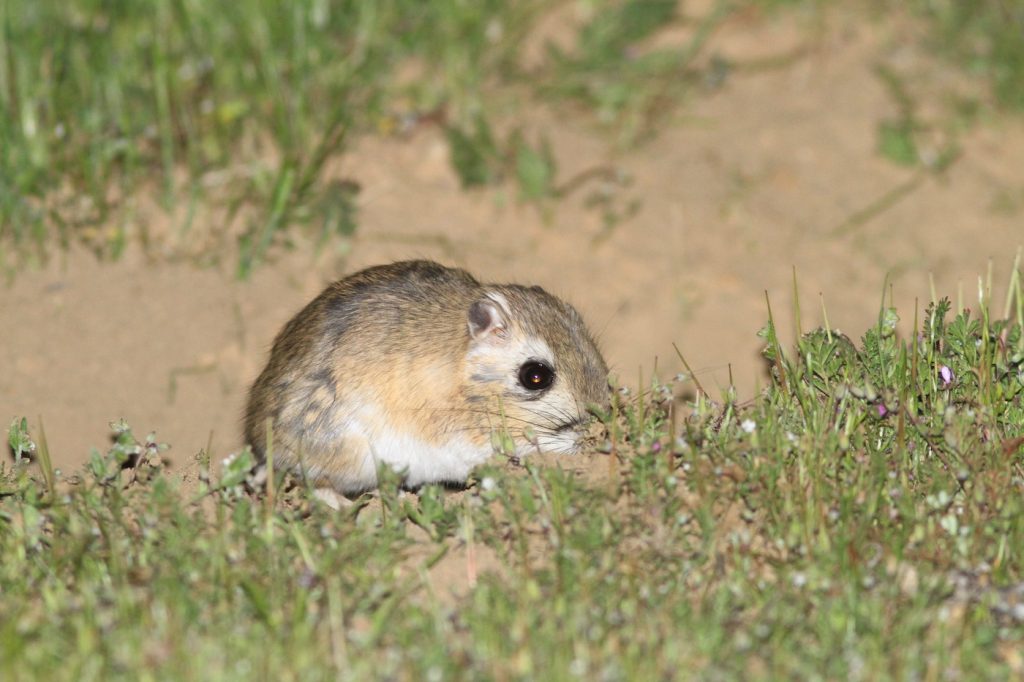
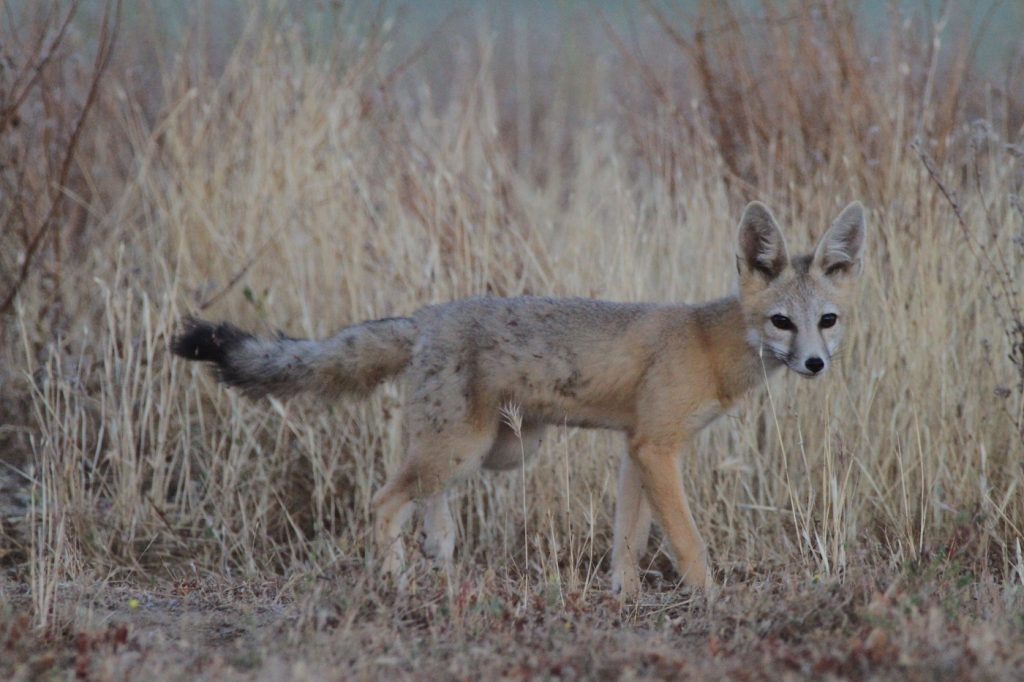
GKRs, as they are commonly referred to, provide food, a prey source for the American badger, San Joaquin kit fox, long-tailed weasel, Western Pacific rattlesnake, prairie falcon, ferruginous hawk, barn owl, and others. Their burrows are nearly ready-made for the animals listed above, which adopt their burrows and make them their own. Their burrows are also occupied by the blunt-nosed leopard lizard and antelope ground squirrel, side-blotched lizard, whiptail and horned lizards, and burrowing owl.
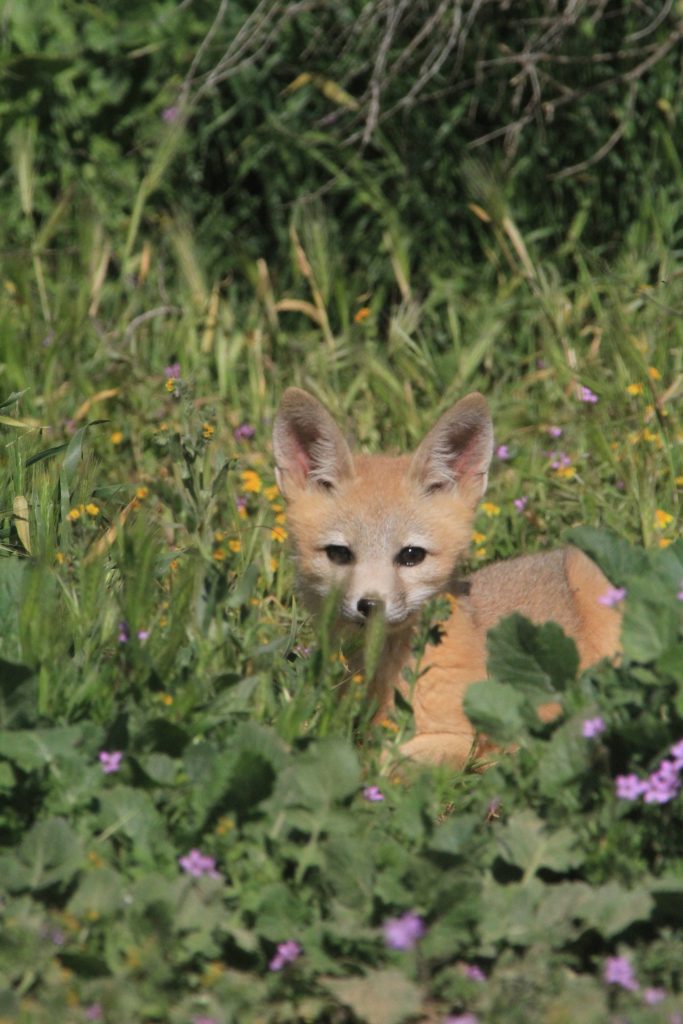
Once GKRs establish their burrows, the little lawnmowers chow down the grasses to the nub around their homes, thus churning up the soil, eco gardeners providing important browsing habitat for the fastest land mammal in North America – the pronghorn antelope, and for California’s only native elk species, the tule elk. The tule elk in the Carrizo Plain being one of the fastest growing herds in the state.
Biologists use satellite imagery from above to monitor the populations of GKRs. During stable years and following ample wet winters, biologists will create grids across the grasslands and then study imagery depicting the burrows by locating mowed down grasses in a circular shape around each den, thus determining the health of the ecosystem.
As I continued jotting down notes from another full day spent on the sweeping Carrizo Plain, I soon realized that I was surrounded by GKRs. The drumbeat had become incessant around my tent. It sounded as if life on this semi-arid escarpment was robust, the nocturnal GKRs filling their roles as caretakers of the veld.
Carefully unzipping my tent, I peered outside, my headlamp exposing several GKRs hopping from burrow to burrow, their eyes reflecting 360 degrees around my tent. Quietly, I extended my Canon 300mm IS lens just beyond the tent flap, the viewfinder of my camera revealing the swollen cheeks of GKRs bulging with freshly mowed grasses. Shooting manually and with a flash, it appeared this grassland biome was functioning efficiently, led by the burrowing Lilliputians of the Carrizo Plain.







